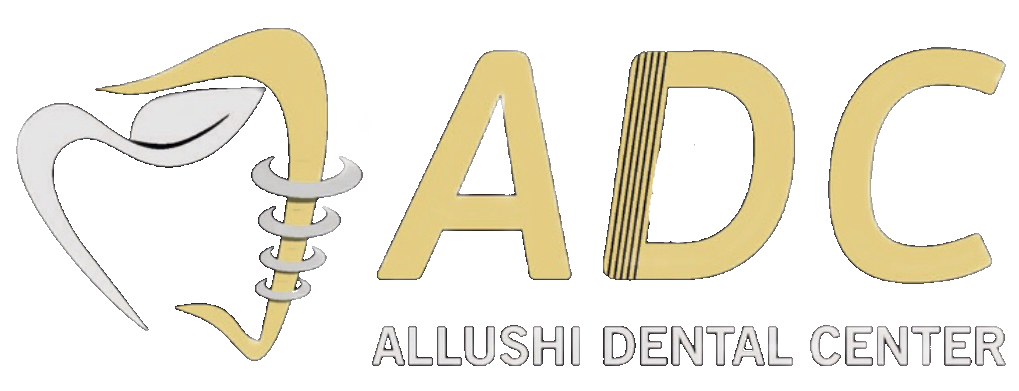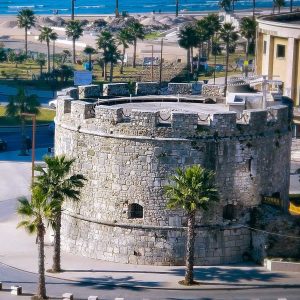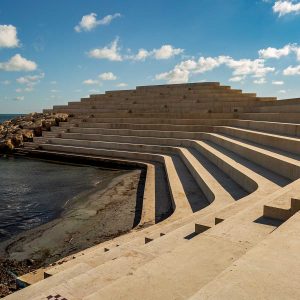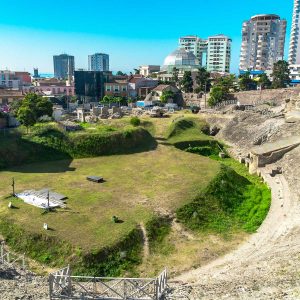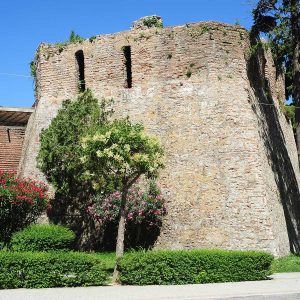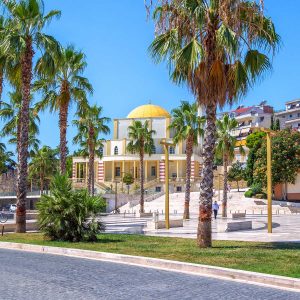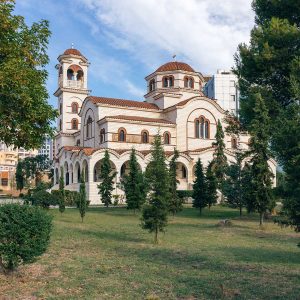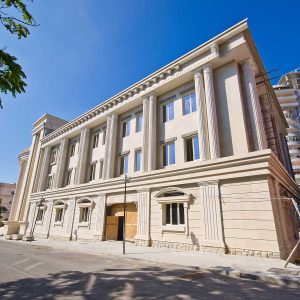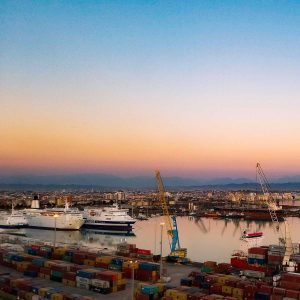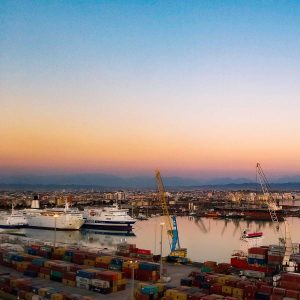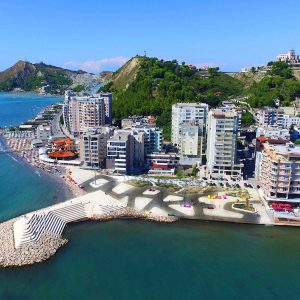DENTAL TOURISM
It is one of the most beautiful things where we serve the patients of our neighboring country. One of the most satisfying things for patients is the part of the price that includes a quite extensive package where, in addition to the car service, the hotel accommodation package, clinic services and guides are offered.
Castle of Tirana
The castle in the city of Tirana is a monument of cultural heritage in the district and district of Tirana. This monument was approved as cultural heritage on 10.06.1973. Today, the Academy of Sciences, the People's Assembly and the National Art Gallery are located on the grounds of the Castle. It lost a part of the surrounding walls and almost does not allow to understand from the remains, its complete stylistic formulation.
However, it still remained a government residence or the most prominent place for them even in our days. Today, the Academy of Sciences, the People's Assembly and the National Art Gallery are located on the grounds of the Castle. The community of Tirana and the Institute of Cultural Monuments are paying essential attention to this fundamental monument of the "Return to Identity" program. Seen in this conception, the Castle of Tirana was and should be treated in our era as the historical and cultural core of the Capital.
Although it is a cultural monument of the first category and a protected area has been defined based on the decision of the Council of Ministers on it. The castle is already a pleasant place because in addition to the historical part it also has bars and restaurants.
New Bazar
One of the oldest and historical residential neighborhoods in the city of Tirana, Pazari i Ri has been newly renovated and revitalized in the last year. Many of its traditional elements have been preserved while the square has been completely refreshed and now has a new and modern look. The origin of the neighborhood's name is the fresh fruit and vegetable market in the center of the square, where more than 300 farmers from the surrounding areas come to sell their fresh produce. Bazaar merchants can help you find the best meat, fish, and spices, and they are also the best source of Bazaar history!
The most special thing about Pazar is that this quarter of the old city is a functional and fun spot for both locals and tourists. In fact, it is one of those rare places that truly reflect the character of the city. Countless bars, pubs and restaurants serve fresh beer and local cuisine, from upscale to casual. You can choose takeout or sit down at one of the many restaurants in the square. In any case, every evening here feels like the weekend! During the day there is shopping while in the evening, everyone gathers with their friends in one of the many bars in this area where Oktoberfest is celebrated every day!
Great Park of Artificial Lake
It is the largest massif of greenery in the city of Tirana. From a functional point of view, it solves to some extent the needs of the population for rest and entertainment, free movement and running in nature for all ages. The surface of the Great Park consists of a hilly massif with slopes with a small slope. In the southern part, the water mirror of the Artificial Lake is formed, which with its extension creates very picturesque small bays and peninsulas.
The Great Lake Park began to be built in the 50s. In 1955, the artificial lake was created from the surrounding waters, and a 400 m long dam was built with voluntary work, which prevents the waters from flowing towards Tirana. In 1957-1958, the planting of decorative vegetation began, as well as the construction of the park's infrastructure.
This public park in the south of Tirana includes the artificial lake and several attractive points such as the Church of Saint Prokop, the memorials of some well-known Albanian personalities, etc. Inside it are the graves of British and German soldiers who died during the Second World War, as well as the Mausoleum of the Albanian Royal Family built in 2012.
This public park in the south of Tirana includes the artificial lake and several attractive points such as the Church of Saint Prokop, the memorials of some well-known Albanian personalities, etc. Inside it are the graves of British and German soldiers who died during the Second World War, as well as the Mausoleum of the Albanian Royal Family built in 2012.
The park and artificial lake remain one of the most frequented areas of the capital. The Great Park is also called the lung of the city because of the many plants, over 120 types of trees, shrubs and flowers. In the Park there are also several types of birds such as: Red-eared Nightingale, Song Nightingale, Owl, Stone Sparrow, Little Water Slipper, Common Swallow, Barn Swallow, etc. Among the animals can be mentioned: Turtles, lizards, several types of snakes, snails, and many insects that grow underground and above ground. The current area of the Artificial Lake Park is 156.9 ha, while that of the Artificial Lake is 4.5 ha.
Kilometer 0 of Tirana
It is "Skënderbej" Square. The space was conceived in a circular shape by the Italian architects of the Mussolini period Florestano de Fausto, Gherardo Bosio and Armando Brasini. The square received the name of the National Hero in 1937. The buildings that originally surrounded it are still there, but today the entire ensemble of the square has been modernized, turning into a pedestrian space surrounded by greenery and paved with colorful natural stones taken from all over Albania. The slabs culminate in the middle of the square like a pyramid rising gently from its surrounding edges, where the water of the refreshing fountains flows in summer. The square is a real museum center because the buildings that surround it have high administrative, state and cultural functions.
The Clock Tower
It is the identifying symbol of the city, open to tourists since 1996. Built in 1822, it has 90 spiral stairs and is 35 meters high. Initially, there was a bell brought from Venice which rang every hour. The dome placed on top gives it a shadow similar to the Belfry of St. Mark's Square.
Mosque of Et'hem Beu
Right next to the Clock Tower is the Mosque of Et'hem Bey. The cult building is the only one among the eight 18th-19th century mosques built in Tirana that managed to survive to our days. Its foundations were laid at the end of the century. XVIII, Mulla Bey, while the shrine was completed by his son, Haxhi Et'hem Bey in the first quarter of the century. XIX. Visitors are offered a wonderful architecture of the mosque decorated with wall paintings, according to the oriental tradition.
The statue of Skanderbeg
It is the dominant monument of the central square, with a height of 11 m. It is the work of Odhisa Paskali, Andrea Manos and Janaq Paços and was placed in the center of Tirana in 1968 on the occasion of the 500th anniversary of the death of our National Hero.
Bank of Albania
The Bank of Albania stands in the western part of "Skënderbej" square. The building was designed by prof. Vittorio Ballio Morpurgo, one of the most famous Italian architects of the last century. The works for the construction of the National Bank of Albania began in February 1937 and ended on October 30, 1938. The architectural style belongs to the stream of Rationalism, with large volumes, facades that complete the semi-circular object. Inside the Bank, the lobby is decorated by a giant mosaic, the work of the Italian artist Giulio Rosso. The building was reconstructed in 2015 with an addition to its western part, intervention that added elements of modern architecture of the 21st century.
Palace of Culture
The Palace of Culture stands in front of the bank. The extremely eastern style building was built on the former Old Market of Tirana and the first brick was laid by former Soviet President Nikita Khrushchev in 1959. The construction of the Palace of Culture was completed in 1963. The National Theater of Opera and Ballet and the National Library conduct their activities inside the building.
Museum National History
The National Historical Museum, another building with architectural value, carries inside its pavilions the appreciation of Albania's history. The museum was inaugurated on October 28, 1981. The best connoisseurs of history, linguistics, archeology, ethnography, cartography, architecture and art in Albania worked for its establishment. The National Historical Museum is the largest museum institution in Albania and one of the most important. On its front page stands out the giant mosaic that tries to show the stages of development of Albanians over the centuries.
Durrës
Durrës is located on the shores of the Adriatic Sea, about 30 kilometers (as the crow flies) west of Tirana. Today, the city spreads out into the settlement of buildings in the plain from the east. The country is quite low in the south in the bay of Durrës. It is the second largest city after Tirana. Durrës is located about 35 km from Tirana, the capital of Albania. It is the center of the Albanian railway system.
Durrës is also the most important port in the country and is connected to Italy by ferries on the Durrës - Bari, Durrës - Ancona, Durrës - Trieste line. It is connected to Slovenia by the Durrës - Kuper ferry line. Moreover, Durrës is also the starting point of corridor 8, as well as the intersection of the most important highway lines, where the most important is the Durrës - Kukës - Morinë line, which connects Albania with Kosovo, shortening the travel distance.
Climate: The climate in Durrës is low 5 °C in January and high 28 °C in July and August. June, July and August are the hottest and driest months. The restaurants located on the coast of Durrës, also in the area called Volga, offer not only picturesque views but also a special and fresh food, the basis of which are sea products.
